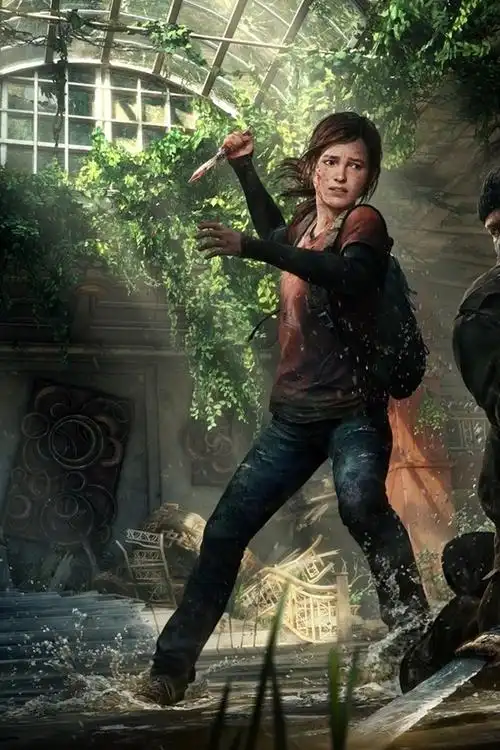Title: Beyond the Tracks: How the 'Mount Missions' Update Transforms Railway Crossing Closed Sign Installer Simulator VR
The virtual reality landscape is perpetually evolving, pushing beyond the realms of fantasy and combat into the surprisingly engaging world of vocational simulators. Among these, Railway Crossing Closed Sign Installer Simulator VR carved out a unique niche, captivating players with its methodical, high-stakes gameplay centered on public safety. Now, with its monumental ‘Mount Missions’ update, the game doesn’t just add content; it fundamentally re-engineers the experience, adding layers of physicality, strategy, and environmental storytelling that elevate it from a curious simulator to a premier VR title.
For the uninitiated, the core gameplay loop of RCCSIS VR is deceptively simple yet intensely satisfying. Players are tasked with traveling to deactivated railway crossings and installing large, iconic “Crossing Closed” signs. This involves a physically accurate process of digging post holes with manual augers, mixing and pouring concrete, carefully setting the heavy signposts, and using an array of tools to secure everything in place. The devil, and the charm, is in the details: reading site plans, managing your inventory from the truck’s bed, and the constant, low-grade pressure of performing a job correctly under a (sometimes literal) ticking clock. It’s a meditative power fantasy not of strength, but of competence.
The ‘Mount Missions’ update, however, shifts the entire paradigm by introducing a new topographical extreme: the mountainous region of ‘Crestwall Pass’. This new map is more than a scenic backdrop; it’s the central antagonist and puzzle of the update. Gone are the easily accessible, flat crossings of the base game. Crestwall Pass demands a new approach from the moment you put on your headset.
#GameplayUpdate #VROnly
The most immediate and profound change is the redefined logistics. Your trusty truck can only take you so far up the winding, often treacherous dirt access roads. For many missions, the final approach to a crossing site is on foot. This introduces a critical new gameplay element: the equipment haul. Players must now strategically plan their loadouts. Can you carry the signpost, a bag of concrete mix, a shovel, and the auger all in one trip up a steep incline? Or will it require multiple, time-consuming journeys? This logistical puzzle adds a fantastic layer of realism and forethought, making a simple tool selection feel like a pre-mission briefing for a special ops team—albeit one armed with post-hole diggers instead of rifles.
This physicality is where VR truly shines. The act of hauling equipment up a slope is sold through impeccable physics and haptic feedback. You feel the weight shift in your controllers. Leaning your virtual body into the climb feels instinctive. Looking back down the valley from a ridge you’ve just scaled to see your truck as a tiny speck in the distance provides a genuine, earned sense of accomplishment that few other games can match.
#VRImmersion #PhysicsBased
Furthermore, the environments themselves are no longer just static sets. Crestwall Pass is a dynamic ecosystem. The update introduces variable weather conditions specifically calibrated for the high altitude. A clear-skied mission can suddenly be shrouded in a thick, disorienting fog, reducing visibility to mere feet and forcing you to rely on your map and headlamp. Conversely, a bright sun can create blinding glare on the metallic surfaces of your tools, adding an unexpected environmental hazard. Later missions even introduce a light snowfall, which not affects visibility but also makes rocky paths slippery, demanding careful foot placement. This environmental challenge ensures that no two missions play out exactly the same way.
Beyond the core mechanics, the ‘Mount Missions’ update excels in its subtle environmental storytelling. The crossings in Crestwall Pass are older, some seemingly abandoned for decades. You’ll find overgrown tracks, crumbling old infrastructure, and remnants of a time when the railway was the lifeblood of the remote communities nestled in the valleys below. Installing the new, bright yellow signs amidst this decay feels impactful. You’re not just completing a job; you’re formally marking the end of an era, a final piece of administrative closure for a forgotten piece of history. Notes and documents found in site boxes hint at the reason for the closures—a new tunnel bypass, economic decline, a significant landslide years prior—adding a rich, melancholic texture to the world.
#EnvironmentalStorytelling #Simulator
The update also addresses longevity with a new ‘Expedition Mode’. This mode presents a series of five ultra-challenging crossings deep within the most inaccessible parts of the pass. These are marathon sessions, requiring peak efficiency, perfect planning, and a steady VR stomach for vertiginous heights. Completing them unlocks not just achievements, but high-end, cosmetic equipment for your avatar—a well-deserved badge of honor for the most dedicated sign installers.
In conclusion, the ‘Mount Missions’ update for Railway Crossing Closed Sign Installer Simulator VR is a masterclass in how to expand a game meaningfully. It doesn’t simply offer ‘more’; it offers ‘different and deeper’. By transplanting its uniquely satisfying gameplay into a hostile, vertical environment, it forces players to engage with every mechanic on a more strategic and physical level. The added environmental challenges and subtle narrative layers complete a package that is immersive, challenging, and strangely poignant. It transforms a great niche simulator into an essential VR experience, proving that true adventure isn’t always about slaying dragons—sometimes, it’s about the grueling, rewarding climb to safely secure a sign at the top of the world.

#VRGaming #IndieGame #MountMissionsUpdate















